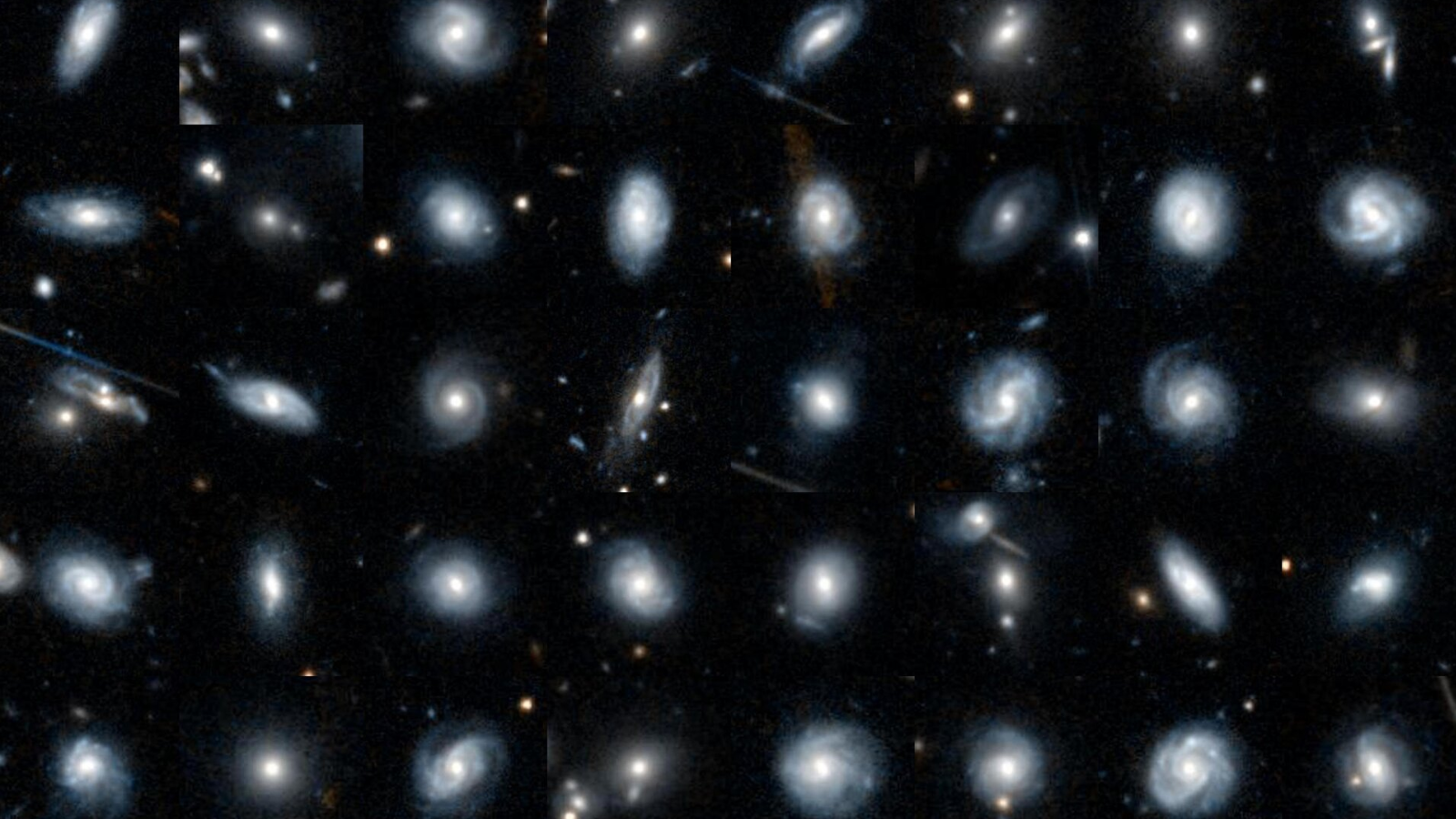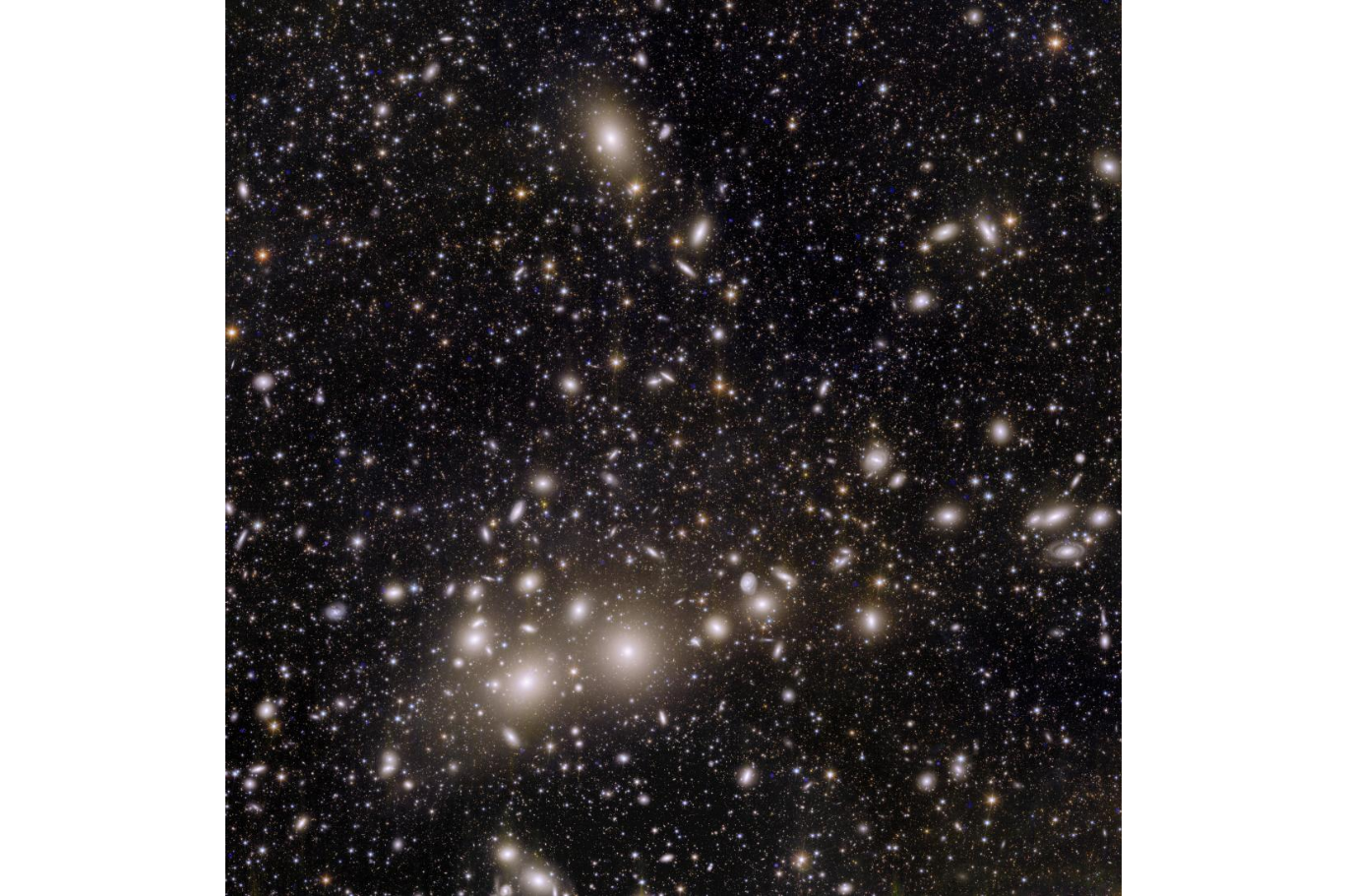
Calling all astronomy enthusiasts! Want to be the first human to lay eyes on a galaxy? Now is your chance!
The European Space Agency (ESA) needs your help. The space agency has launched a new citizen science project with Galaxy Zoo to classify tens of thousands of galaxies imaged by the Euclid space telescope.
Euclid was launched in July 2023 and commenced science operations in February 2024. Its mission is to study how dark matter and dark energy, collectively called the "dark universe," influence the visible universe. Over the next six years, Euclid will image billions of galaxies, sending back some 100GB of data to Earth each day. That's a lot of data to crunch! So, ESA is calling on citizen scientists to help classify these galaxies.
Galaxy Zoo has plenty of experience with classifying galaxies.
Since 2007, the Galaxy Zoo platform "Zooniverse" has been used to identify the shapes of galaxies imaged by the Sloan Digital Sky Survey, the Hubble Space Telescope, and the James Webb Space Telescope (JWST).
Zooniverse will show Euclid observed galaxies online, which members of the public can view and then help classify by answering simple questions about the shape of the galaxy. These will include queries like "Is the galaxy round?" pointing to it being an elliptical galaxy, or "Are there signs of spiral arms? indicating a spiral galaxy like the Milky Way.
"If you partake in the project, you could be the first to lay eyes on Euclid's latest images," ESA said in a statement. "Not only that, you could also be the first human ever to see the galaxy in the image."

Your contributions will help researchers sift through the data and train artificial intelligence to identify galaxies in the images.
Zooniverse has developed an AI algorithm called ZooBot that's currently learning to do what humans can do — that is, correctly classify galaxies' shapes. But it needs to be trained on human input, which is where the Galaxy Zoo citizen science program comes in.
Between human contributions and ZooBot's work, ESA hopes to be able to classify billions of galaxies over the next few years, greatly aiding in creating a vast catalog of data for researchers to use.







